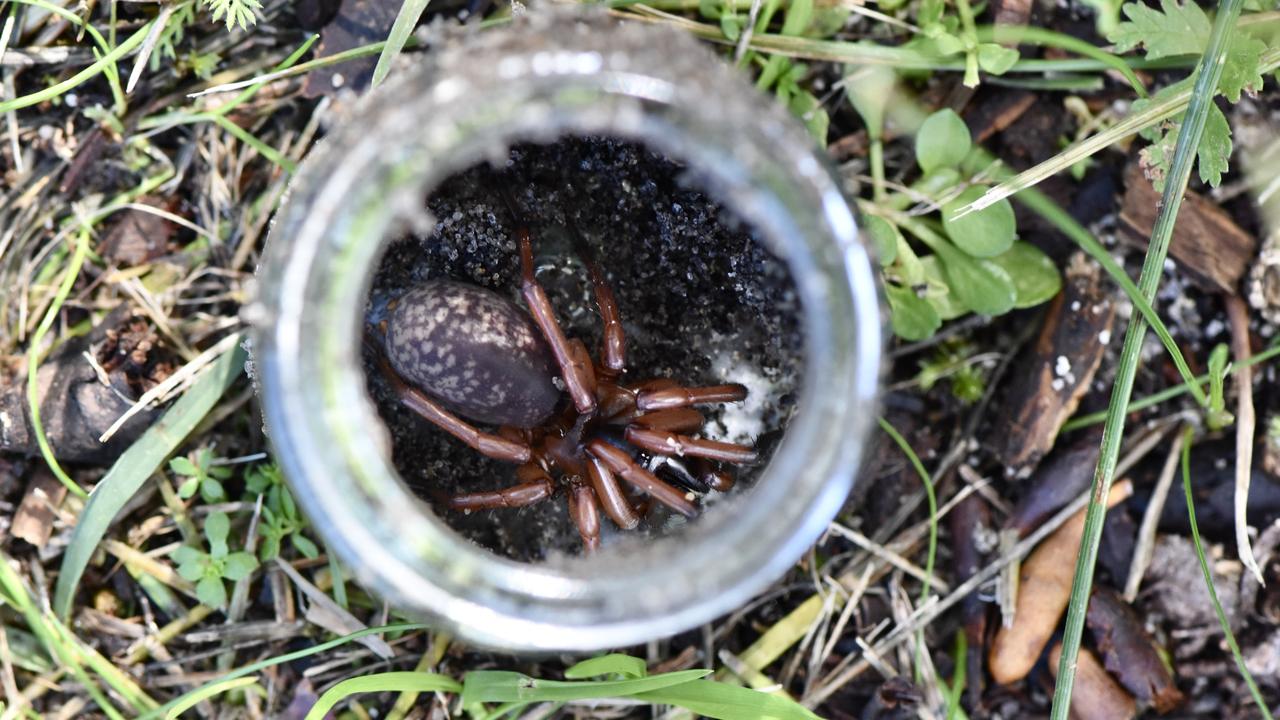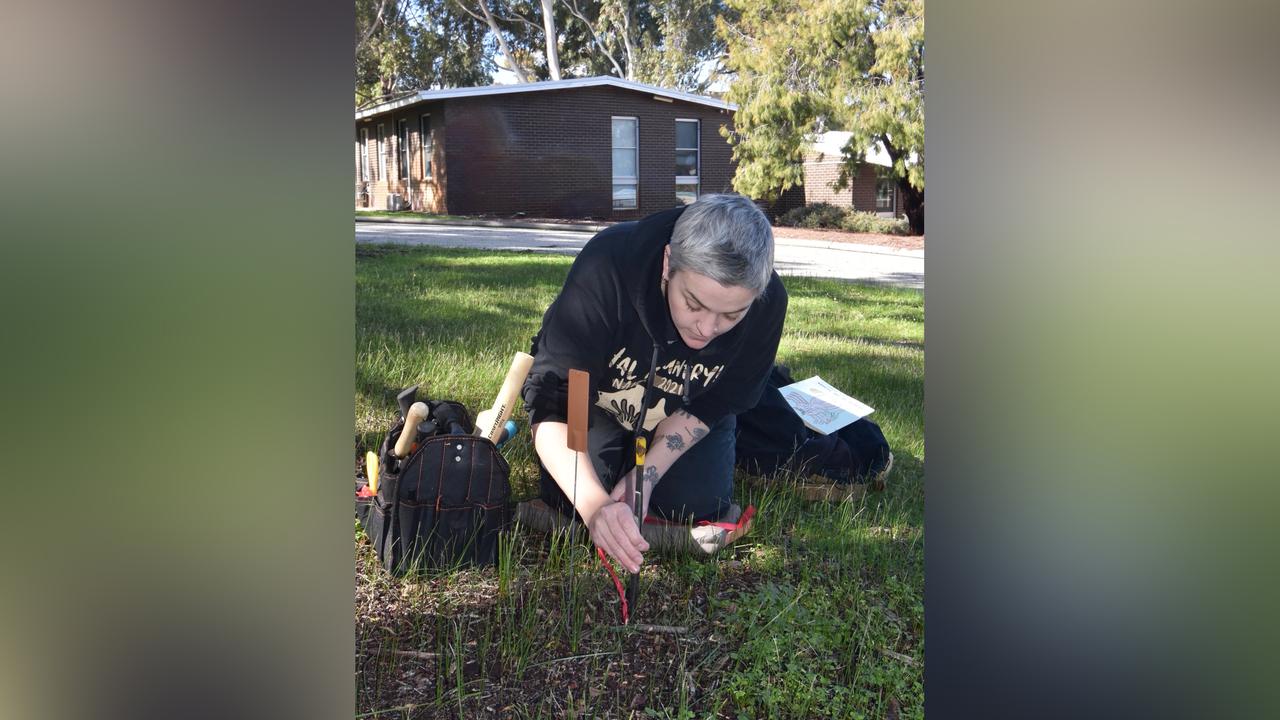
Although cutely called the citrine trapdoor for its small size, glossy sheen and bright orange or yellow gem-like appearance, Teyl luculentus hadn't been sighted in three decades.
Imagine the excitement then when environmental scientists Leanda Mason and Kingsley Dixon literally unearthed one of the rare arachnids not in the obscurity of the wilderness but right outside their front door.
In remnant scrub outside the University of Western Australia's Shenton Park field station in suburban Perth, that is.
"For almost 50 years I have worked in this bushland and who would have thought such an extraordinary discovery would happen right on our doorstep, literally at the front door to the laboratory," Professor Dixon said.
"A rare triumph of nature holding on to life."
Although previously known to naturalists for some time, the Teyl genus was first described and classified by UWA zoologist Barbara York Main in 1975.
Since then, the Swan Coastal Plain surrounding Shenton Park has been built out with houses and infrastructure. The shiny little trapdoor subsequently went to ground without trace about 30 years ago.
"The name Teyl is derived from Noongar languages as a sign of respect and roughly translates into meaning shiny stone," according to Dr Mason, a research fellow at Edith Cowan University.
"This rare and glittering discovery is a vivid reminder of the hidden living gems persisting within our last remnants of Whadjuk boodja (Country)."
Dr Mason expertly excavated a single pregnant female for observation, with the mother and her spiderlings to be re-released into the same site and monitored to determine ecological requirements.
"This is a precious opportunity to document life history traits, while also allowing a higher proportion of spiderlings to survive to maturity," they said.
"This foundational knowledge will directly inform future conservation actions and management recommendations for this and potentially other cryptic species in an area in desperate need of protection."

Teyl spiders construct open-holed burrows with very little silk lining rather than having a lid like many other trapdoors.
Dr Mason said this makes the burrows hard to distinguish, even by an expert.
"What makes this discovery even more extraordinary is that it appears to be an undescribed species, not yet formally named or studied," they said.
"This little arachnid is more than a scientific curiosity - it is a jewel of biodiversity.
"These long-lived spiders with ancient Gondwanan lineages still persist in one of the few remaining patches of native habitat decimated by clearing and rapid land-use change."







